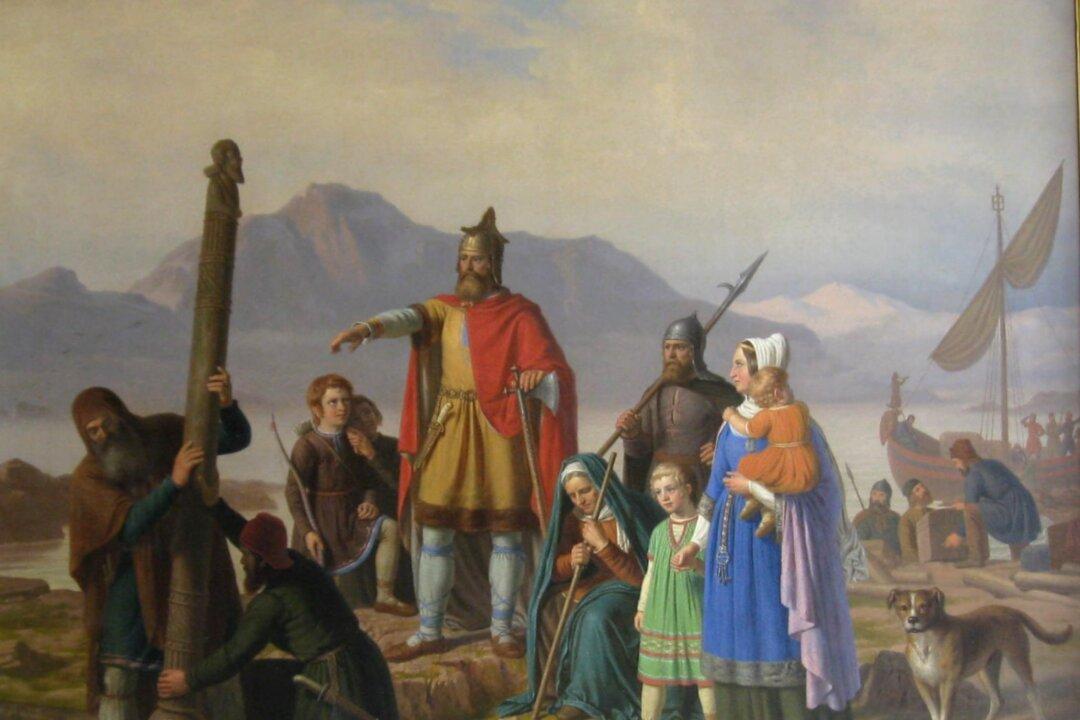Icelanders love books, both reading and writing them, and in recent years, translations of contemporary Icelandic literature have made it into bookshops and literary pages abroad in increasing numbers. Nor must we forget that in 1955, the Icelander Halldor Laxness won the Nobel Prize for literature.
Back in the Middle Ages, Icelanders were great literary producers and consumers too. The term “saga” is used to refer to the new literary genre that developed in Iceland from the late 12th century up to the end of the 15th century and sometimes later than that.
“Saga” is an Icelandic word that means “something said, a narrative.” Originally, the term is likely to have been applied to stories that were probably formed and transmitted orally. Later, they came to be recorded in writing, in handwritten manuscripts, many of which survive to the present day, though a good number have perished over the past 500 years or so.
In terms of its structure, the Icelandic saga is usually a prose narrative, but in many cases contains a good deal of embedded poetry. With regard to its subject matter, the saga falls into several categories, and these allow it to be differentiated into generic subgroups.






